
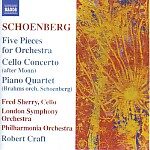
This is Schoenberg for people who hate Schoenberg. The Five Pieces for Orchestra, far from sounding radical or appallingly dissonant as they must have in
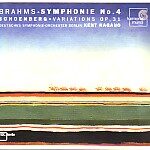
Try as I might to be objective and let musical values speak for themselves, I confess that I came to this recording in a cynical
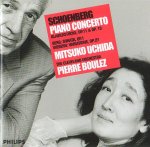
A potent fusion of intellectual severity and technical finesse brings rare distinction to Mitsuko Uchida’s new Philips survey of key Second Viennese School piano works.
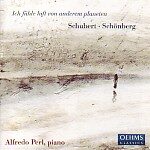
It’s one thing to juxtapose Schubert’s big A major sonata and Schoenberg’s Suite for Piano in concert or for broadcast. But why force-feed this concept
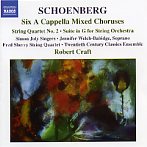
Arnold Schoenberg’s a cappella folksong settings are among his least-appreciated–and most easily listenable–works, excellent examples of his pre-12-tone harmonic style, with masterfully crafted polyphonic textures.
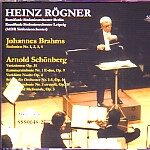
Brahms and Schoenberg make apt disc-mates. The latter greatly admired the former, finding in him the model for his concept of “developing variation”, and both

Roland Pöntinen’s warm, expansive tone, wide dynamic range, and steady yet flexible rhythmic sense paint Schoenberg’s piano pieces in Brahmsian hues that the composer probably
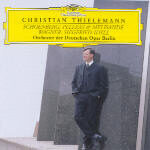
Do you have any problem with ecstasy? I don’t, says Christian Thielemann in the CD booklet. Tough talk from this conductor, but guess what? He
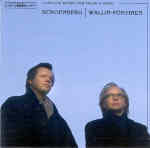
Despite the soloist/accompanist hierarchy Schoenberg intended in his Phantasy Op. 47, the violin and piano play off each other to the point where you can’t
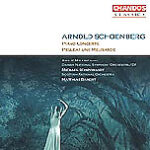
Matthias Bamert takes a less opulent approach to Schoenberg’s Pelleas und Melisande than those who bathe the score in Straussian luxury. By focusing on the
![]()
